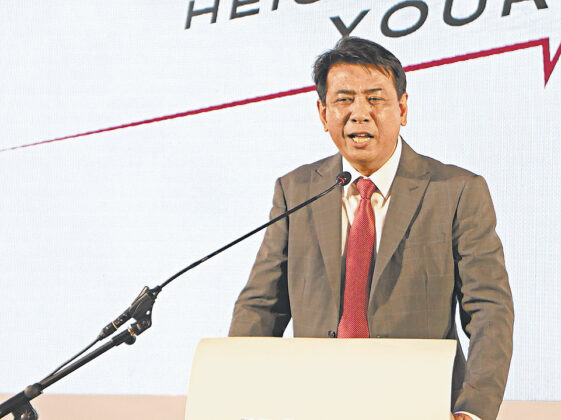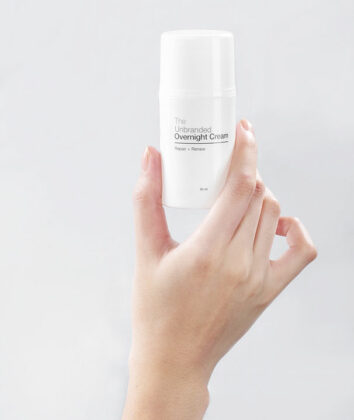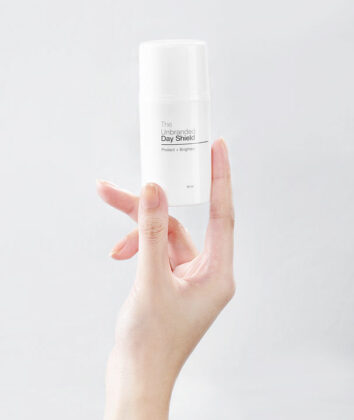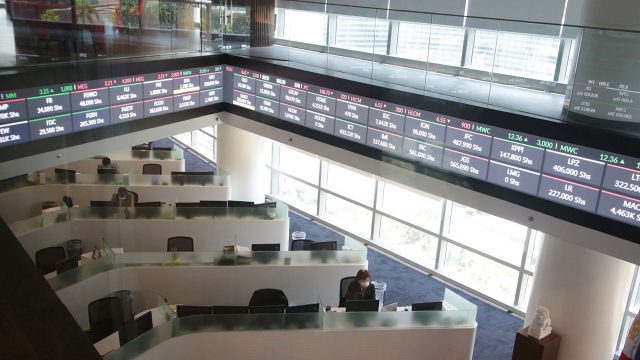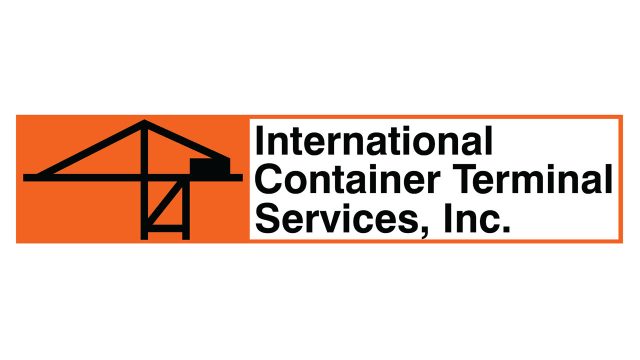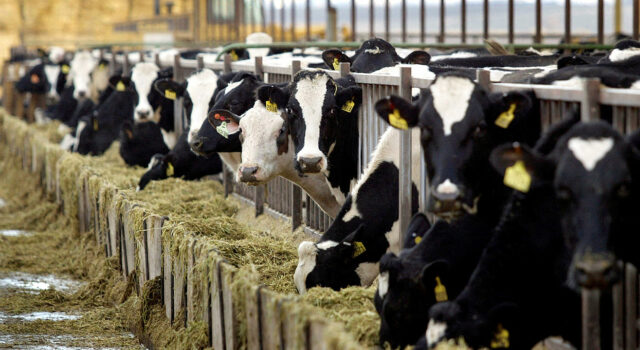Hybrids coming in the ‘near future,’ confides company president
EVEN CASUAL automobile industry observers know that the crossover market (particularly its subcompact segment) is a busy, popular one — second only, perhaps, to the budget hatches and entry-level rides that have flooded the market and sated its thirst for affordable mobility.
Verily, the SUV has consistently stood and endured among the aspirational goals of those who can afford it. As our population inexorably heads toward increased mobility, a surfeit of marques can only mean good news.
And when one talks SUV, Honda can never be out of topic. The popular CR-V, according to Honda Cars Philippines, Inc. (HCPI) Public Relations Manager Lyka-Mae de la Cruz-Andres, has cumulatively sold some 12.6 million units globally from the model’s debut in 1995 to March 2022.
Meanwhile, the smaller HR-V is no slouch either, with 3.5 million examples finding their way to garages around the world. And since the nameplate’s 2015 introduction in the Philippines, the HR-V has moved some 7,000 units.
Now, the all-new iteration is here.
Understandably, HCPI considers this an important release. The company’s first physical launch event since the COVID-19 pandemic underscored just that — positing that the “Honda HR-V is ready to create a new phenomenon again in the automotive industry by offering new premium value for customers.”
The third-generation HR-V was unveiled at The Blue Leaf Events Pavilion in Taguig — a spectacle simultaneously viewed virtually at Honda Cars Cebu, and was also streamed on Honda Cars Philippines, Inc.’s (HCPI) official Facebook page.
Two variants are available: the S CVT (at P1.25 million), and V Turbo CVT (P1.598 million). Significantly, both are equipped with Honda Sensing, the Japanese brand’s proprietary suite of safety and driver-assistive features.
In an exclusive interview with this writer, HCPI President Masahiko Nakamura said, “Our objective is to increase our sales and market share now that the subcompact SUV segment is growing more and more especially with new products from China and other companies.”
He continued, “By introducing the HR-V, we hope to increase our presence in the Philippines and also we want to enhance our safety strategy in the country.” The executive anticipates a growth of 10% to 15% for the auto industry in 2022, and added that he expects Honda to outpace this “by adding more models.”
Last year, Honda had globally elucidated its aspirations to realize “zero traffic collision fatalities involving Honda motorcycles and automobiles globally by 2050.” Two technologies are expected to make this happen, the company said: the world’s first artificial intelligence (AI)-powered Intelligent Driver-Assistive technology “providing assistance that is suited to the ability and situation of each individual to reduce driving errors and risks, helping the driver achieve safe and sound driving.” Second is Safe and Sound Network Technology, “which connects all road users, both people and mobility products, through telecommunications, making it possible to predict potential risks and help people avoid such risks before collisions actually occur.” A nearer goalpost is a commitment to “reduce global traffic collision fatalities involving Honda motorcycles and automobiles by half by 2030.”
Continuing to develop Honda Safety Sensing is only part of the strategy. It’s about actually making safety technology more universally available in the company’s four-wheeled and two-wheeled vehicles alike. And that’s exactly what HCPI is doing in the here and now.
Commented Mr. Nakamura, “(In two years) we will introduce more models with Honda Sensing. I hope it will contribute to realizing Honda’s vision of a collision-free society.”
Back to the HR-V, the executive said he realizes the model will have its work cut out for it, but it should be up to the task. “When we launched the previous HR-V, there was no competitor, so we could dominate — and the sales are much higher than the current situation,” he confided with a laugh. “But I think with this all-new HR-V we have increased the product competitiveness, and we have set a very competitive price. We hope we can sell more than 100 a month.”
Conceptually, the HR-V takes the overarching theme “Amp Up Your Life,” under which are “functionality, safety and advanced features, sophisticated design and superior driving experience,” based on the three core values of “pleasure,” “confidence,” and “aesthetics.”
On the outside, the HR-V assumes a more dynamic, aggressive look — set off by a new headlamp and foglamp design (featuring LEDs). The headlights are auto on/off, and include daytime running lamps as well. These illuminating eyes frame a mesh-type grille on the V Turbo CVT variant and a black bar type grille on the S CVT. Honda adds more flair to the V trim through a sportier bumper with the so-called Amp Up Line design — akin to an ECG blip.
Viewed from the side, the HR-V maintains its quasi-coupe look with a fastback-like profile, and unobtrusive rear door handles integrated into the C pillar. A shark fin antenna is common to both variants, as are 17-inch alloy wheels (although with differing looks) fitted with 215/60 tires. At the back, an LED taillight bar runs the width of the vehicle, while a dual tailpipe layout with finishers is available on the V variant.
A “human-centric cabin” welcomes the driver and passengers aboard, said Honda in a release, and added that this has been “designed with good ergonomics and treated with quality materials. It also offers optimized comfort, premium features, and subcompact crossover versatility.”
An eight-inch touchscreen display audio device finds expression through a six-speaker (which includes two tweeters) sound system. Mobile devices will be accommodated through Apple CarPlay and Android Auto.
The HR-V boasts a one-push start system, steering wheel-mounted audio controls, and single-zone automatic climate control with rear air vents. An interesting new feature is a so-called air diffusion system “which evenly distributes the natural breeze to all occupants throughout the cabin.” Speaking of which, both trims come standard with a remote engine start function, which allows the driver to start the engine (and, presumably, the AC with it) by pressing a button on the key fob.
Leather wraps the seats of the V Turbo CVT, while fabric is the material of choice for the S CVT. The instrument cluster of the higher variant showcases a seven-inch digital display; the S CVT comes with a slightly smaller 4.2-inch digital display.
Browsers of the HR-V should be delighted with a distinctly Honda (and useful) feature that makes its way to the vehicle: so-called ULT (Utility, Long, Tall) seats. This acronym essentially captures the flexibility of the interior space. In Utility Mode, the two rear seats can be folded for more cargo space — underscored by Honda’s “fold-flat flexibility.” Long Mode sees the front and rear seats folded to swallow particularly elongated payload, while Tall Mode can be achieved by tipping up the rear seats for maximum vertical space. Honda said that this flexibility is an HR-V-exclusive in the segment.
Two mills power the two variants. The S CVT receives a 1.5-liter DOHC VTEC that produces 121ps and 145Nm, while the V Turbo CVT gets a 1.5-liter VTEC Turbo (which makes this HR-V the first to benefit from forced induction) that blurts out 177ps and 240Nm. Both engines are mated with a continuously variable transmission (CVT). Drivers can also tweak the driving modes into Econ (for optimum fuel efficiency), Normal (for general daily driving), and Sport Mode (for the V Turbo CVT only, which accelerates the engine more readily).
As mentioned, both trims get Honda Sensing (the same version of which is seen in the recently launched Civic), which provides the following safety measures: collision mitigation braking system, adaptive cruise control with low-speed follow, lane keeping assist system, road departure mitigation system with lane departure warning, auto high beam, and lead car departure notification system. These functionalities are made possible using a monocular camera with a wider field of view, plus improved software. “The updated safety tech achieves better vehicle, motorcycle, bicycle, pedestrian, and road marking recognition,” maintained Honda. Aside from these, the HR-V’s standard safety, convenience, and protective niceties include: smart keyless entry, security alarm and immobilizer, seatbelt reminder for all passengers, front and side air bags, speed-sensing door locks, Isofix child seat anchors, rear seat reminder, anti-lock braking system, electronic brakeforce distribution, vehicle stability assist, hill descent control, hill-start assist, and more. Rounding these off is a G-force Control (G-Con) body which absorbs impact in case of a collision, for added passenger protection.
HCPI said that the HR-V is now available across its network of 37 dealerships nationwide. It comes in four colors: Ignite Red Metallic, Platinum White Pearl (for an additional P20,000), Premium Opal White Silver Pearl (a new color exclusive to V Turbo CVT, and is available for an additional P20,000 as well), and Meteoroid Gray Metallic.
Meanwhile, we asked Mr. Nakamura about HCPI’s electrification plans. “Honda has already announced that by 2040, we will change our products into all-electric,” he replied. “Sooner or later, we will introduce electric vehicles, but I think it’s better if we start from hybrid. Please look forward to seeing our hybrid model in the near future.”
A hybrid in the near future. You read that here first.







